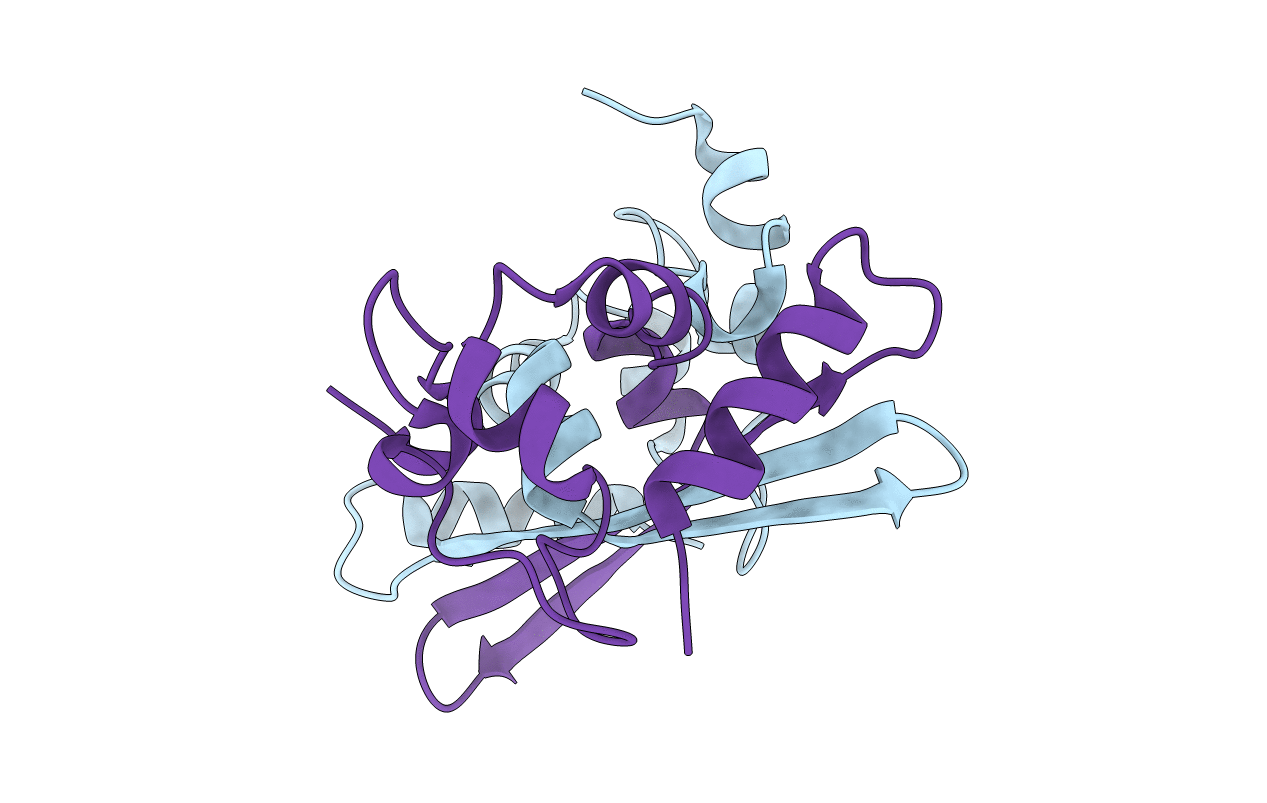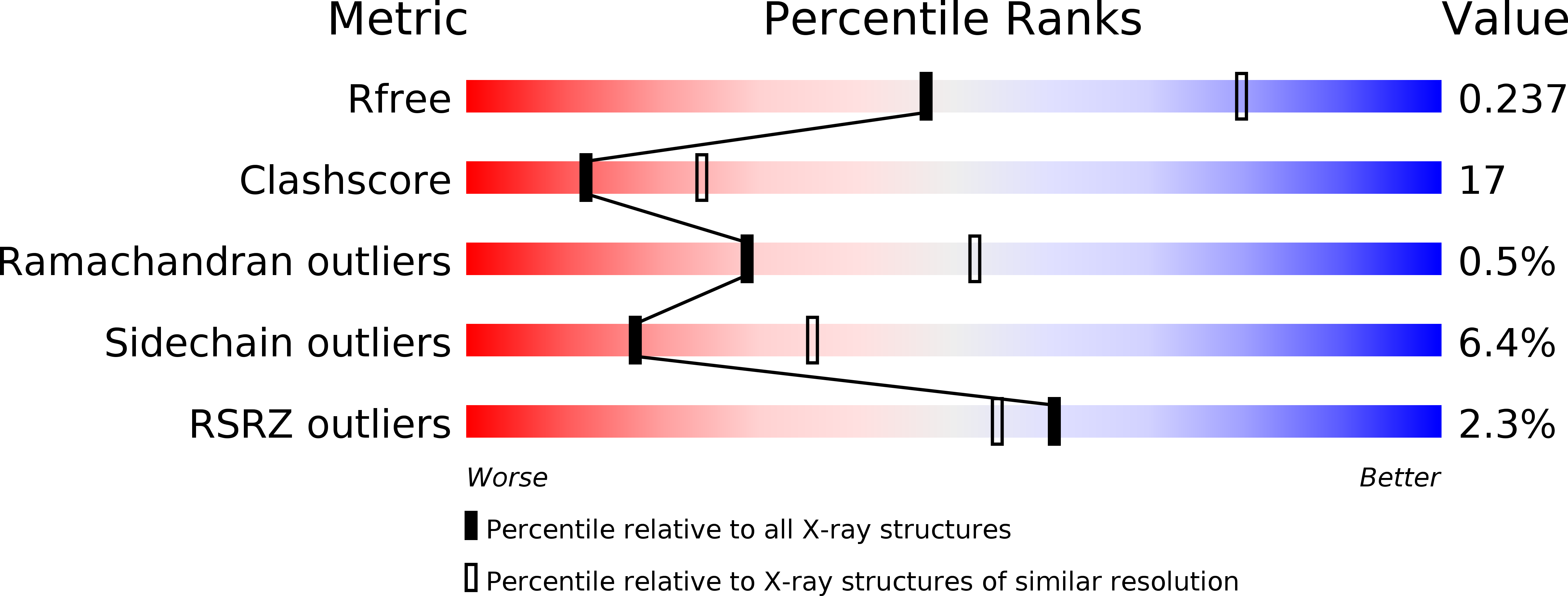
Deposition Date
2005-12-16
Release Date
2006-06-19
Last Version Date
2024-05-08
Entry Detail
Biological Source:
Source Organism:
AVIAN INFECTIOUS BRONCHITIS VIRUS (Taxon ID: 11120)
Host Organism:
Method Details:
Experimental Method:
Resolution:
2.60 Å
R-Value Free:
0.23
R-Value Work:
0.20
R-Value Observed:
0.20
Space Group:
P 43


